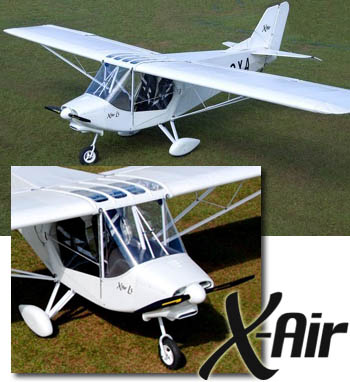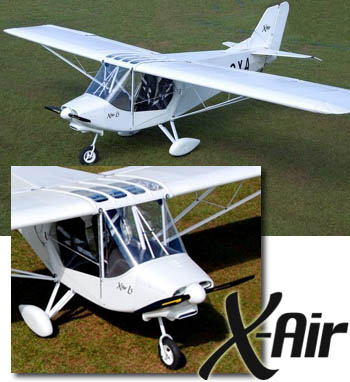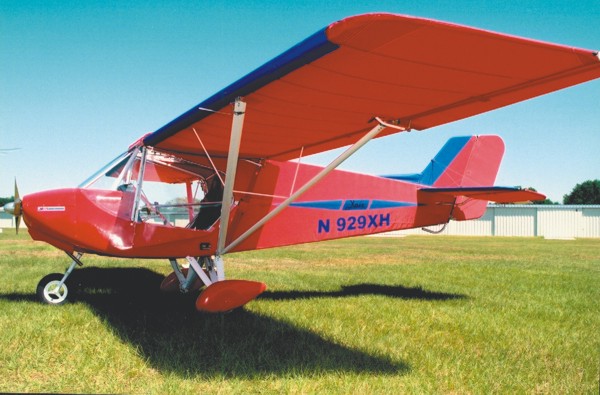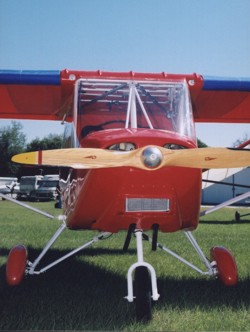
Upon seeing modern LSA, many aviators say, “Oh, these aren’t ‘those ultralights’ at all.” Truth be told, even those ultralights aren’t ultralights any more. Today, a certified but ultralight-like aircraft will be either Special or Experimental LSA. *** Witness what I’ll call the “return” of the X-Air. I’ve reported on this design as it has evolved (see photo legend). Astute visitors may recognize X-Air LS as an evolution of the pioneering Weedhopper, though little of the original design remains. The latest iteration of this venerable design is working to gain SLSA airworthiness. X-Air founder and designer, Joel Koechlin, has three decades of experience in light aircraft. His X-Air series has been a mainstay among European microlights for 15 years, selling more than 1,200 copies. *** The coming SLSA model employs the 85-hp Jabiru 2200 powerplant. Koechlin said, “This aircraft is exactly what the LSA category was meant for; it is light and easy to fly and simply fun!” U.S.















